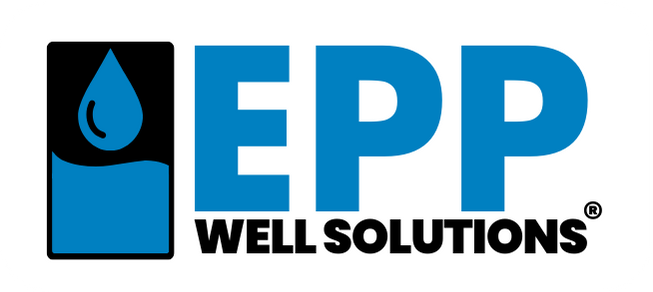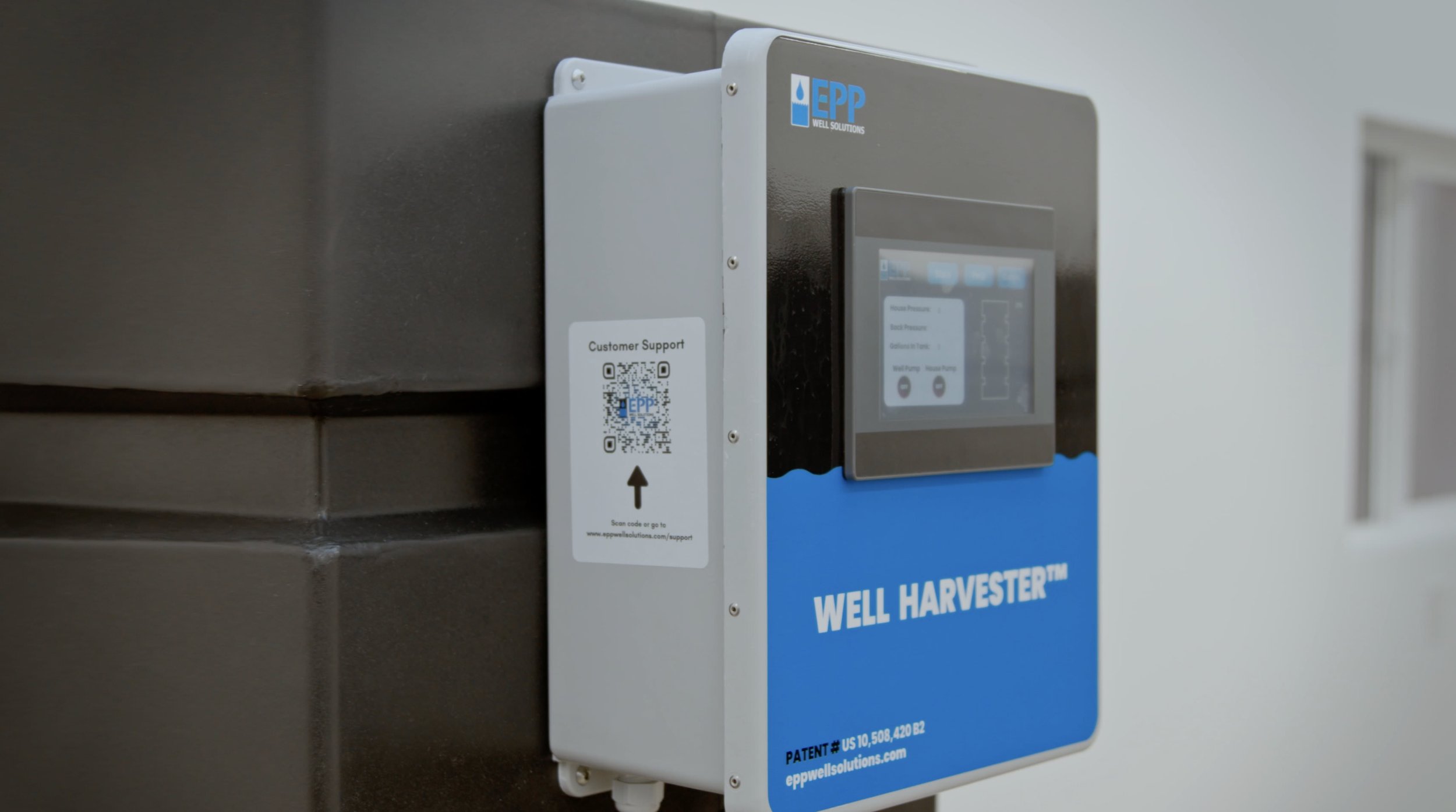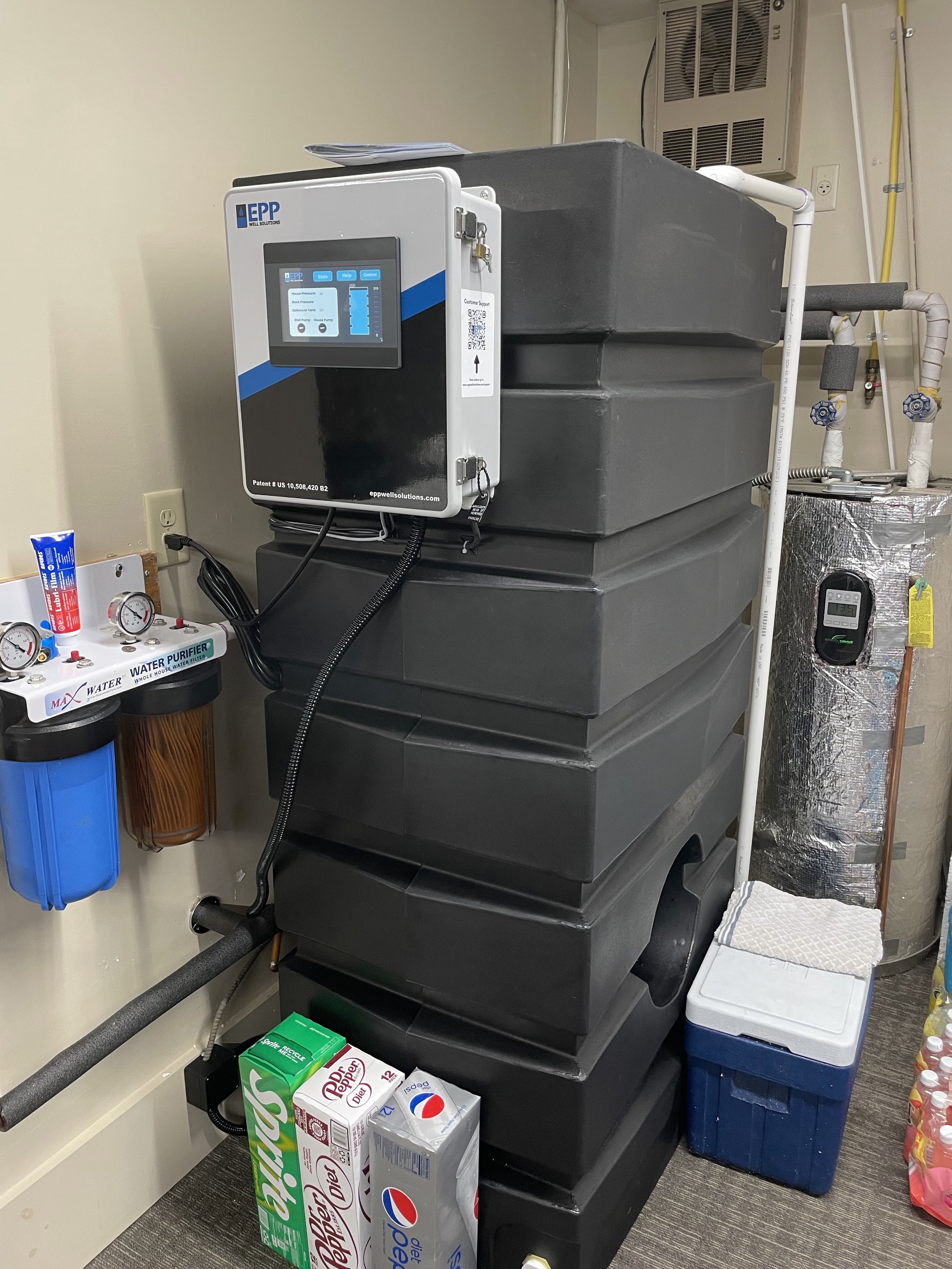The Best Water Well Managing System for Low Producing Wells
Water wells are crucial for providing a reliable source of water, especially in rural areas and for agricultural needs. However, not all wells produce water abundantly. Low-yield wells can pose significant challenges, particularly during dry seasons or periods of high demand. Our Well Harvester is a groundbreaking solution designed specifically for managing low-producing wells. This innovative system ensures consistent water availability and protects your well from overuse and depletion. Here’s why the Well Harvester stands out as the best water well managing system for low-producing wells.
Understanding Low-Yield Wells
Low-yield wells, also known as low-producing wells, struggle to provide a consistent flow of water. This issue can be due to various factors, such as geological conditions, seasonal changes, or the well's depth. These wells are often located in areas where the aquifer is not abundant, leading to insufficient water supply. Seasonal changes, such as droughts, can further exacerbate the problem, causing the water table to drop and the well to produce even less water. Additionally, the depth of the well plays a crucial role; deeper wells might tap into more stable water sources, but they also require more energy and resources to pump water to the surface. Effective management is crucial to ensure a steady water supply and to prevent overuse that can lead to well depletion.
Geological Conditions
The geological formation in which a well is drilled greatly impacts its yield. Wells drilled into fractured rock aquifers or unconsolidated deposits may have variable yields. The permeability and porosity of the geological layers determine how easily water can flow through them. In areas with low permeability, water moves slowly, leading to low-yield wells.
Seasonal Changes
Seasonal variations, particularly in regions prone to droughts or heavy seasonal rainfall, affect water availability. During dry seasons, the water table can drop significantly, reducing the yield of wells. Conversely, wet seasons may temporarily raise the water table, but this is often not sufficient to sustain long-term water needs.
Well Depth
The depth of a well is another critical factor. Shallow wells are more susceptible to seasonal changes and may quickly run dry during droughts. Deep wells, while potentially more stable, require more energy to pump water to the surface.
Challenges Faced by Homeowners
Homeowners relying on low-yield wells face several practical challenges. First, there's the constant anxiety of water scarcity, especially during dry seasons or periods of high water demand. This can lead to restricted water use, affecting daily activities like showering, laundry, and gardening. Additionally, low-yield wells often require more frequent maintenance and monitoring to avoid depletion and damage. This can be both time-consuming and costly. Let’s break it down.
Water Scarcity Anxiety
The uncertainty of water availability can be a significant source of stress for homeowners. In dry seasons or periods of high demand, the fear of running out of water can lead to strict rationing, affecting daily life. This anxiety can be particularly difficult in rural areas where alternative water sources are limited.
Increased Maintenance
Low-yield wells require regular monitoring and maintenance to ensure they do not run dry or become damaged. Homeowners must frequently check water levels, inspect pumps, and perform necessary repairs. This increased maintenance can be a financial and logistical burden.
Inconsistent Water Pressure
Another challenge for homeowners on low-yield wells is the inconsistency of water pressure. Low-yield wells may not be able to maintain steady pressure, especially during peak usage times. This can make daily activities like showering and washing dishes inconvenient and less efficient.
The Well Harvester Solution
The Well Harvester is designed to address these challenges with a combination of advanced technology and practical features.
Efficient Water Management The Well Harvester captures and stores water from the well into a dedicated tank system. This process allows for the slow, steady accumulation of water, ensuring availability during peak usage times without overtaxing the well. By storing water in a tank, the system provides a buffer that helps manage periods of high demand without stressing the well.
Real-Time Monitoring and Control Equipped with real-time monitoring capabilities, the Well Harvester continuously tracks water levels and usage. It automatically adjusts its draw to the well’s capacity, preventing over-pumping and protecting the well from potential damage. This smart management system ensures that the well is used sustainably, prolonging its lifespan and reliability.
Well Protection The system includes an automatic shutoff feature that activates when water levels are too low. This allows the well to recover naturally, safeguarding it from damage and ensuring long-term viability. By preventing overuse, the Well Harvester helps maintain the health of the aquifer and the well structure.
Ease of Installation and Integration Designed for simplicity, the Well Harvester integrates seamlessly with existing well systems. It’s compatible with all submersible pumps, making it versatile and easy to install. Homeowners can quickly set up the system without extensive modifications to their existing system.
Benefits of the Well Harvester
Cost-Effective: Preventing overuse and damage reduces repair costs and the need to drill a new well. The Well Harvester's efficient water management system minimizes wear on pumps and other equipment, lowering maintenance expenses. Over time, these savings can be significant, making the system a cost-effective investment.
Reliable Supply: The Well Harvester ensures a steady supply of water even from low-yield wells. By storing water during times of low demand, the system provides a reliable buffer that can be used during peak periods. This reliability is crucial for maintaining daily activities and reducing anxiety about water scarcity.
User-Friendly: Simple installation and operation make the Well Harvester accessible for a wide range of users. The system's intuitive interface and automated features require minimal user intervention, making it easy for homeowners to manage their water supply. Additionally, the robust support and resources available from Epp Well Solutions ensure that users can get the help they need.
Case Study: Kent's Water Management Transformation
In 1992, Kent and his wife purchased their dream home in the countryside, eager to escape city life and raise their young family in a tranquil setting. However, they soon encountered significant challenges with their well water. The water was extremely hard, and the well had a very low yield. A few showers and a load of laundry would deplete the well, necessitating careful water management. They even had to eliminate their water softener, which consumed too much water and exacerbated the problem.
Over the years, Kent discovered that many of his neighbors faced similar issues. The wells in their area ranged from 65 to 165 feet deep, but water scarcity remained a persistent problem. When his grown children began visiting with their own families, the water shortage issues resurfaced, prompting Kent to seek a permanent solution.
Kent's research led him to water harvesting systems, and after evaluating various options, he chose the Well Harvester for its compact size, expandability, and competitive cost. Kent was impressed with the swift delivery and ease of installation. Within a day, Kent had the system up and running, and by the next morning, he had 201 gallons of stored water.
The Well Harvester transformed Kent's water management. It harvested 215 gallons from the well and allowed it to regenerate fully, providing about 300 gallons of water available at any time.
Kent now enjoys a reliable water supply, eliminating the anxiety of running out of water. He and his family can do all their laundry, take showers, and meet their daily water needs without worry. The system operates quietly and autonomously, and the only maintenance required is occasionally checking the computer screen to monitor water reserves.
Kent's experience with Epp Well Solutions was overwhelmingly positive, with the team providing excellent support and follow-up to ensure the system's perfect operation. The Well Harvester has not only changed Kent's approach to water usage but also significantly improved his quality of life.
Read his full testimonial here.
Conclusion
The Well Harvester is a revolutionary system designed to manage low-yield wells effectively. With its advanced features and user-friendly design, it ensures a reliable and sustainable water supply. Whether you're a homeowner, farmer, or business owner, investing in the Well Harvester is a smart choice for managing your water resources efficiently.
For more information or to get a quote, visit Epp Well Solutions. Investing in the Well Harvester not only secures your water supply but also contributes to the sustainable management of precious water resources. Make the smart choice today and protect your well for the future.


